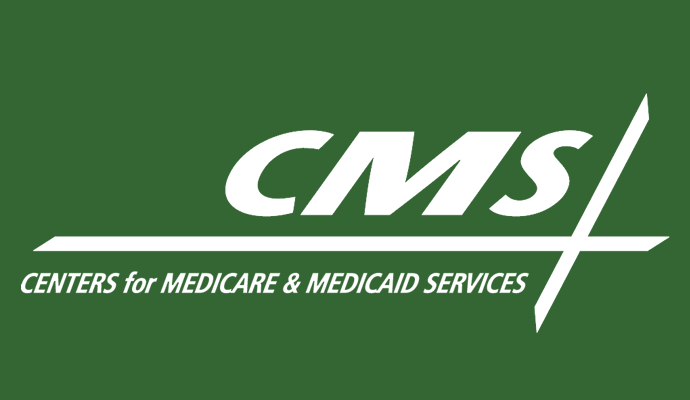CMS Proposes 1.6% Payment Increase for ESRD Facilities
The federal agency also proposes in a new rule to adjust Medicare payments to ESRD facilities for certain new renal dialysis drugs and biological products.

Source: Getty Images
- CMS has released a proposed rule for the end-stage renal disease (ESRD) Prospective Payment System (PPS) for renal dialysis services furnished to Medicare beneficiaries on or after January 1, 2024. The rule would increase the ESRD PPS base rate to $269.99 next year, boosting total Medicare payments to ESRD facilities by approximately 1.6 percent.
Under the ESRD PPS for 2024, Medicare anticipates paying $6.4 billion to about 7,800 facilities for providing dialysis to beneficiaries. The amount includes an increase of $4.42 to the current base rate for delivering the services.
The proposed base rate also accounts for the wage index budget-neutrality adjustment factor (1.000120), a proposed transitional pediatric ESRD add-on payment adjustment (TPEAPA) budget neutrality factor (0.999652), and a CY 2024 proposed productivity-adjusted market basket increase (1.7 percent), CMS stated in the rule. The proposed wage index uses data from the hospital wage index for the 2024 fiscal year, resulting in a floor of 0.600 and a 5 percent cap on wage index decreases from the prior year, as finalized in the CY 2023 ESRD PPS final rule.
Based on the payment adjustments, hospital-based facilities can expect a 2.6 percent payment boost next year, while freestanding facilities are set to see a 1.6 percent increase.
CMS also proposed to update the outlier policy, which would decrease the fixed-dollar loss (FDL) amount for pediatric beneficiaries from $23.29 to $13.71 and the proposed Medicare allowable payment (MAP) amount from $25.59 to $24.53.
For adult beneficiaries, the proposed FDL amount would increase from $73.19 to $78.21 and the proposed MAP amount would decrease from $39.62 to $38.58.
The federal agency also said in the proposed rule that it is considering a new add-on payment adjustment for certain new renal dialysis drugs and biological products in the ESRD PPS functional categories after the end of the established transitional drug add-on payment adjustment (TDAPA) period. The TDAPA period is two years, during which ESRD facilities get an additional payment adjustment for using the qualifying drugs and products.
CMS said the new add-on payment would ensure continued access to the new renal dialysis drugs and biological products. It would be set at 65 percent of estimated expenditure levels for the given renal dialysis drug or biological product in the prior year and be case-mix adjusted for three years.
Additionally, CMS said in the proposed rule that an external use vibration device used with ice packs to temporarily desensitize and block pain associated with dialysis cannulation is under consideration for the transitional add-on payment adjustment for new and innovative equipment and supplies (TPNIES).
Other policies proposed in the rule include:
- Creating an exception to the current low-volume payment adjustment (LVPA) attestation process for facilities impacted by emergencies
- Requiring ESRD facilities to report the “time on machine,” or amount of time in minutes a beneficiary spends receiving in-center hemodialysis treatments on ESRD PPS claims
- Paying a transitional pediatric ESRD add-on adjustment of 30 percent of the per treatment payment amount
- Requiring ESRD facilities to report information on claims about the total number of billing units of any discarded amount of a renal dialysis drug or biological product from a single-dose container or single-use package that is paid for under the ESRD PPS using the JW modifier, as well as the JZ modifier on ESRD PPS claims when billing for any drug or biological product from a single-dose container or single-use package for which there is no discarded amount
- Updating quality measures in the ESRD Quality Incentive Program for payment years 2026 and 2027
To view the complete proposed rule, click here. The public can comment on the proposed rule through August 25, 2023.
